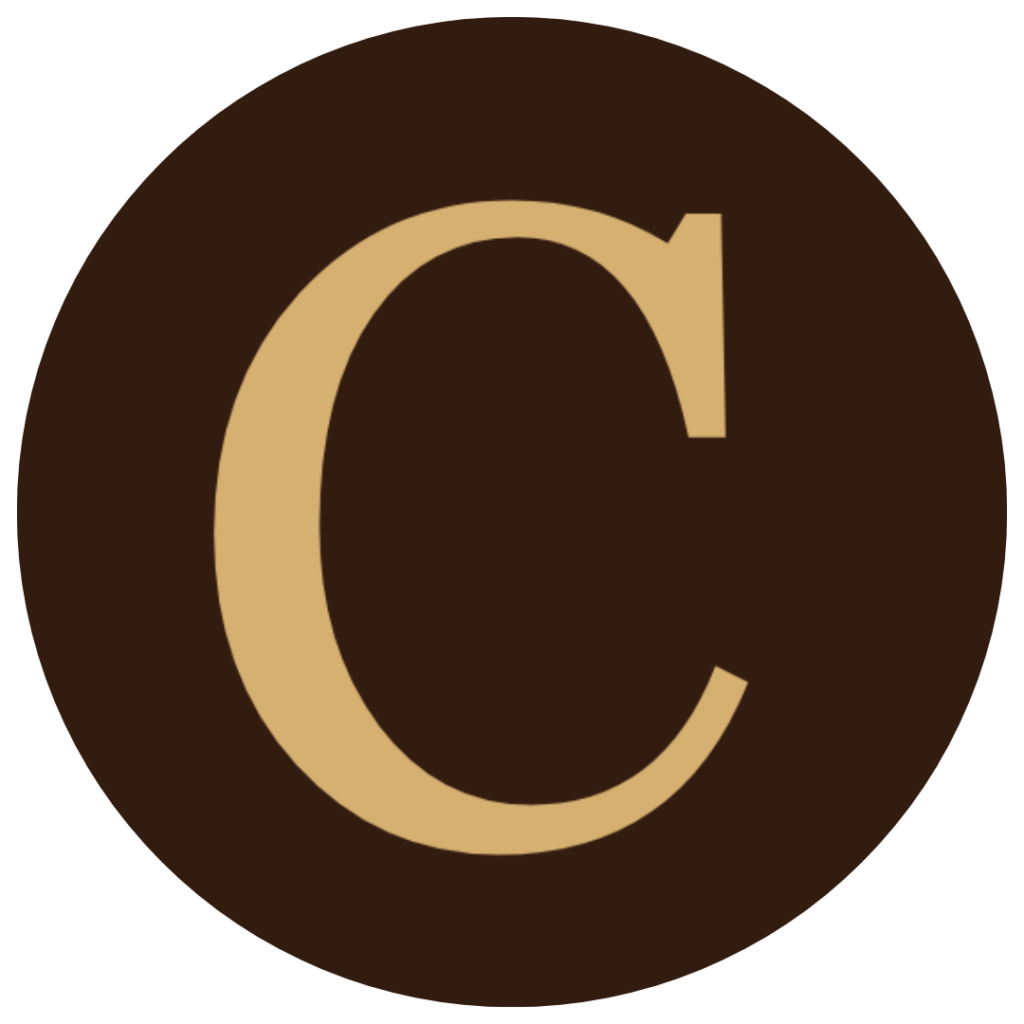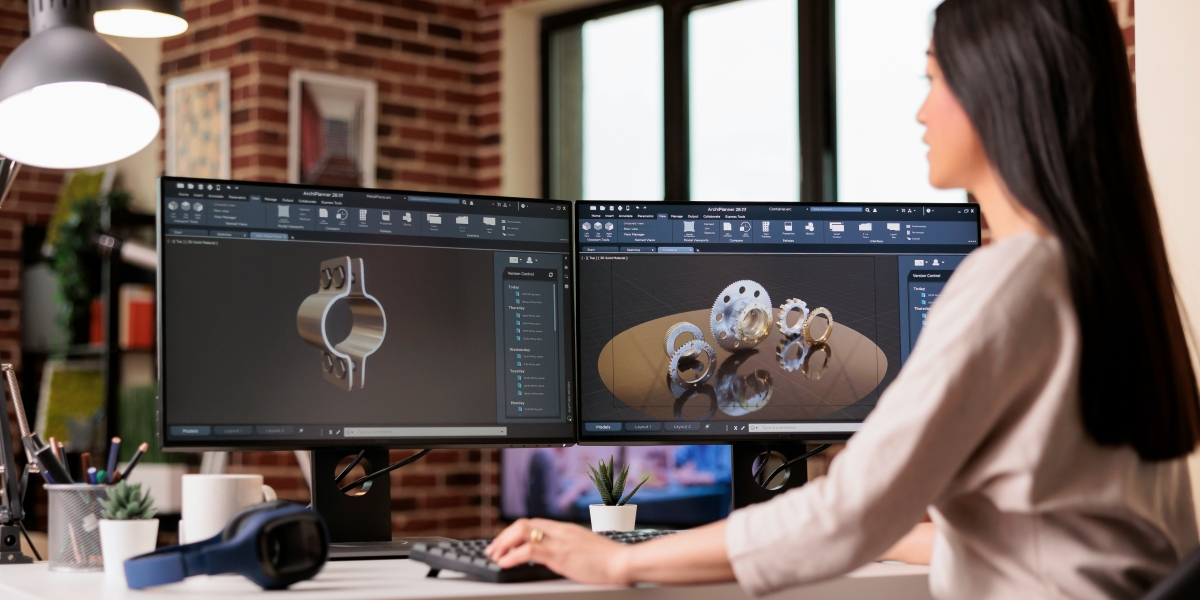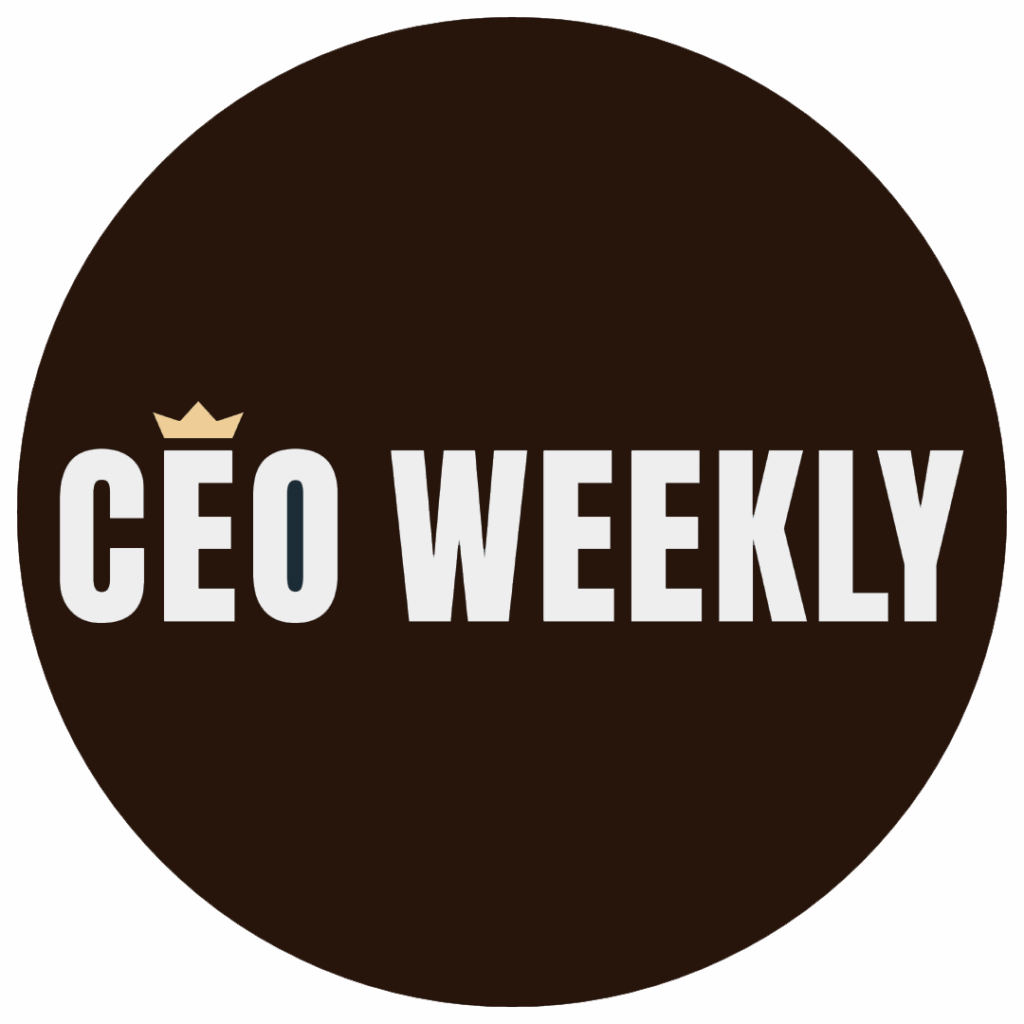By: Maria Williams
In a world where technology often overshadows design, Tomas Cabezon (https://tomascbzn.com/ ) stands out as a visionary leader. His computational design background and human-centered approach are redefining what it means to lead a company. As the Lead of Computational Design at Zenda (https://www.zendaconsulting.com/ ), a pioneering design-driven company, Tomas is not just pushing boundaries—he is breaking them. In this interview, we dive into the unique leadership style that is propelling Zenda to the forefront of innovation, where creativity, technology, and human needs converge.
Bringing Design Back to the Center
For Tomas, leadership isn’t just about guiding the team; it’s about charting the course with precision and ensuring that every team member is aligned, motivated, and fully invested in shared goals. True leadership, in his eyes, means that the success of a project is not solely the captain’s triumph, but the sum of each crew member’s dedication and ownership. At Zenda, it is clear: “We need to bring design back to the center,” he asserts. “That is the only way to bring the user back to the center.” In a fast-paced world where the pressure to deliver can lead to cutting corners, Tomas’s insistence on a design-first approach ensures that Zenda’s product is not only functional, but truly innovative.
This commitment to design extends beyond the digital realm and into the very fabric of the company. Zenda’s workforce is primarily composed of designers and behavioral scientists, a deliberate choice that underscores the company’s focus on the human aspect of work. “We interview people across all types of industries,” Tomas explains. “But our approach is always the same: we work collaboratively to identify problems. We don’t tell companies how to do their jobs; they’re the experts on what they do. Instead, we help them understand why their processes might not be working.”
The Human Touch in a Digital Age
“Will an algorithm be able to write my personal statement in the future?” Tomas asked himself five years ago, while crafting his statement of purpose for his master’s program application. This introspective question was more than just a thought experiment; it was a prelude to his journey into the world of machine learning and generative systems. With a background in mechanical engineering and industrial design, Tomas has always straddled the line between design and technology, using design to understand users’ needs and technology to solve them. He has never been able to separate the two.
As a designer, Tomas discovered that combining computers with design opened up seemingly infinite possibilities. This realization led him to apply for a Fulbright scholarship to study in the United States, the home of computational and algorithmic design. Tomas pursued a Master of Computational Design degree at Carnegie Mellon University’s School of Architecture, where his passion for creating innovative tools was solidified. By the time he completed his master’s, Tomas had a clear vision of his future: to craft tools that would empower designers to transform the world—a vision that led him to join Zenda.
At Zenda, the power of design is not just a guiding principle––it is the foundation of the company’s operations. “We focus on human needs, as if we were in a school of design,” Tomas explains. “We don’t take shortcuts. We focus on our users.” This approach sets Zenda apart from typical technology-driven companies that prioritize efficiency over experience. For Tomas, the true power of technology lies in its ability to automate repetitive tasks, process complex data, and analyze it. But above all, technology should enable designers to focus on what truly matters: the user.
Crafting Perfection: The Vision Behind Zenda’s Groundbreaking User Interface
At Zenda, Tomas’s vision found an ideal environment, perfectly aligning with the company’s human-centered philosophy. As the lead of Zenda’s computational design team, Tomas serves as the crucial bridge between design and development of the Zenda platform—an innovative Software as a Service (SaaS) product equipped with artificial intelligence that is both intricate and revolutionary. This platform boasts a one-of-a-kind user interface, featuring a beautifully designed, multilayered, and highly interactive data visualization that remains unmatched in the enterprise industry.
“At Zenda, we don’t simplify––we clarify,” Tomas emphasizes. Every shape, texture, and interaction within the Zenda tool is meticulously crafted with pixel-perfect precision, ensuring an unparalleled user experience. This relentless pursuit of perfection has already led to the filing of seven design patents, further solidifying Zenda’s position as an industry leader.
Leading Through Collaboration and Communication
At the heart of Tomas’s leadership style is a simple yet powerful mantra: communication. “Retrospectives are key,” he says. “We work as a team. Ownership is in the whole team. Both designers and developers are involved in making a story set to done.” This emphasis on teamwork and shared responsibility ensures that everyone at Zenda is aligned with the company’s mission and vision.
User testing and brainstorming are integral parts of the process, allowing Zenda to learn and adapt continually. “We learn a lot from the Zenda Services team,” Tomas adds. “Working with clients is a continuous learning process.”
The Future of Leadership: Human-Centered, Design-Driven
As the world hurtles toward an increasingly automated future, Tomas Cabezon’s approach to leadership serves as a beacon for companies looking to navigate this new landscape. By placing design at the center and empowering teams through communication and collaboration, Tomas is not just leading Zenda—he is setting a new standard for leadership in the digital age.
For Tomas, the key to successful leadership is clear: “User needs should drive any enterprise software development––not simply building the fastest or easiest software that satisfies a list of requirements.” It is a philosophy striving to create better products and create a better world. A world where technology and humanity coexist in harmony.
As Tomas continues to push the boundaries of design and technology, one thing is certain: the future of leadership will increasingly resemble Zenda’s model—a future where the human element is always at the core of innovation.
Published By: Aize Perez









